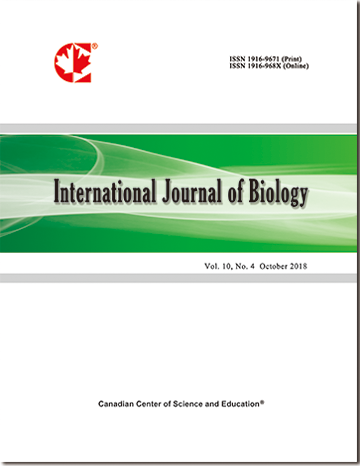Enzyme Production and Lignin Degradation by Four Basidiomycetous Fungi in Submerged Fermentation of Peat Containing Medium
- Yuanyuan Hong
- Mehdi Dashtban
- Sanfeng Chen
- Ruiqing Song
- Wensheng Qin
Abstract
Biomass decomposing abilities of four basidiomycetous fungi (Pleurotus ostreatus sensu Cooke, Coriolus versicolor (L.) Quel., Tyromyces albidus (Schaeff.) Donk, and Trametes gallica Fr.) were studied using statically submerged media containing peat. The laccase, manganese-dependent peroxidase (MnP), lignin peroxidase (LiP), and total cellulase enzymatic profiles of the four fungi were assessed. The results revealed that laccase is the predominant ligninolytic enzyme secreted during the statically submerged fermentation process using peat as the substrate. T. gallica was the most active laccase producer with about 103 U/L at day 25. C. versicolor produced relatively higher levels of MnP than the other three basidiomycetous fungi (10 U/L). No significant LiP activity was detected in any of the four white rot fungi (WRF). Furthermore, the production of total cellulase by the four white rot fungi is low, which is beneficial to the selectivity of the bio-delignification. The Klason lignin content of the peat sample decreased the most (from 57.5% to 51%) after the treatment by C. versicolor for 25 days. Scanning electron microscopy (SEM) experiments also proved the lignocelluloses in peat were degraded after white rot fungi (WRF) treatment for 80 days. This study provides evidence that WRF can convert peat into usable intermediates in biofuel production.
- Full Text:
 PDF
PDF
- DOI:10.5539/ijb.v4n1p172
Index
- ACNP
- AGRICOLA
- BASE (Bielefeld Academic Search Engine)
- CAB Abstracts
- CiteFactor
- CNKI Scholar
- CrossRef
- DTU Library
- Elektronische Zeitschriftenbibliothek (EZB)
- Excellence in Research for Australia (ERA)
- Google Scholar
- Infotrieve
- LIVIVO (ZB MED)
- LOCKSS
- Max Planck Institutes
- MIAR
- PKP Open Archives Harvester
- Qualis/CAPES
- ResearchGate
- ROAD
- SafetyLit
- SHERPA/RoMEO
- Technische Informationsbibliothek (TIB)
- Universe Digital Library
- WorldCat
Contact
- Ryan JonesEditorial Assistant
- ijb@ccsenet.org
